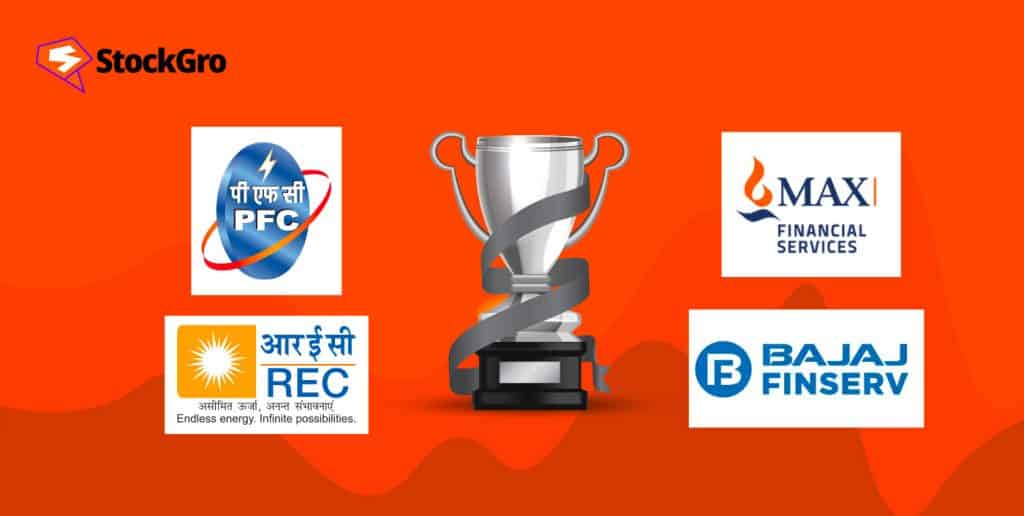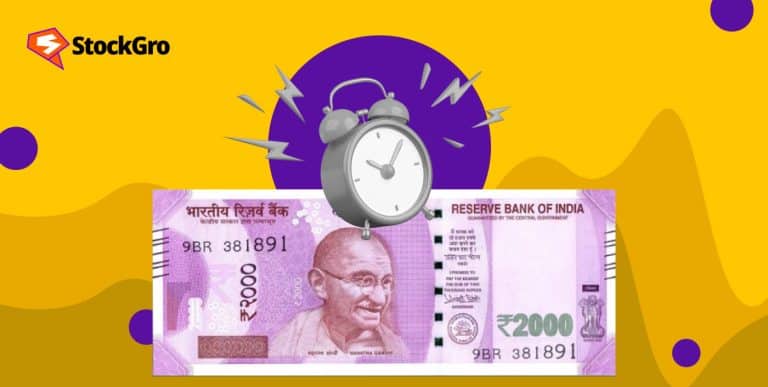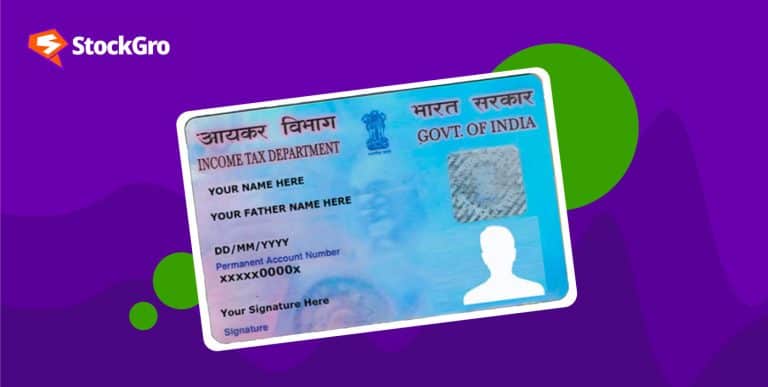
What makes the top finance companies in India bring absolute dominance to this ₹177 lakh crore financial service market?
Discover our 2024 list of the key players in this sector, the economy’s lifeblood. The companies are ranked by revenue as of 19 June 2024. Continue reading to understand what sets them apart.
Also read: Fintech Innovations and Personal Finance Apps
Bajaj Finserv
The company is the financial arm of the Mumbai-based auto-to-finance empire Bajaj Group. The firm provides diversified solutions across the country. They aim to cater to the monetary requirements of an individual or a small business throughout their life cycle.
You can get loans to buy assets. They provide general insurance to protect your assets. They also offer life and health insurance for family and income protection. Plus, they help with retirement and savings solutions.
Some of the brands in their portfolio are Bajaj Finance Ltd., BHFL or Bajaj Housing Finance Limited, insurance under the name Bajaj Allianz and more. They run platforms like Bajaj Finserv Direct, Bajaj Finserv Health, and Bajaj Financial Securities Ltd.
The undertaking has a strong pan-India presence, with a strong focus on the retail market. In terms of profit, 93% comes from Bajaj Finance. The general and life insurance wings contributed 13% and 6%, respectively, while other segments accounted for a loss of 11%.
You may also like: Small finance banks: Bridging the gap in India’s banking sector
Power Finance Corporation (PFC)
This state-owned finance company in India was started in 1986. At first, it only gave loans to public sector companies. In 1996, it began lending to private sector power companies too. The company is now an infrastructure finance company, according to the central bank.
PFC is the nodal agency for power projects in our country. Offering Rupee term loans, short-term loans, and equipment lease financing. They also help with transitional financing. Their clients include central and state power utilities, private power companies, and power equipment makers.
The company finances many activities. They help with power generation, distribution, and transmission. They also support plant renovation and maintenance.
PFC is involved in government schemes like the Late Payment Surcharge Scheme and the Revamped Distribution Sector Scheme. In 2018, PFC bought a 52.63% stake in REC or Rural Electrification Corporation Ltd. from the President of India.
Bajaj Finance
BFL, short for Bajaj Finance Ltd., is the lending arm of Bajaj Finserv, which owns half of it. Initially, it was only for the group’s auto segment’s two and three-wheelers.
Over time, it began offering many more types of loans. These include loans for vehicles, consumer electronics, personal needs, mortgages, small businesses, and rural finance.
The logo is one of the prominent non-banking financial companies or NBFC in India. It has 1,569 branches in cities and 2,576 branches in rural areas. By March 2024, the lender’s total assets under management were ₹3,306 billion.
Consumer lending is one of their strong suits. It is the biggest lender for electronics, digital products, and lifestyle products in India. In the fourth quarter of FY24, the lender financed 216,100 two-wheeler accounts and 33,100 three-wheeler accounts.
BFL also offers personal loans and has a large payments sector. It has 41 million EMI cards and 4.08 million co-branded credit cards as of March 2024.
In rural areas, the financial institution offers ten types of loans for consumers and small businesses. They use a hub-and-spoke model to operate in 2,576 towns and villages. They have over 50,000 active sales points.
REC
REC Ltd. started in 1969. It is a non-banking infrastructure finance company. Power Finance Corporation owns 53% of it, and the Government of India owns most of PFC. REC’s main job is to fund power projects across India.
At first, it helped with rural electrification and transmission projects. In 2003, it began funding larger power projects over 25 MW. REC gives loans to state power utilities, private developers, central power utilities, and state governments. These loans help with power generation, transmission, and distribution.
REC’s main office is in New Delhi. It also has 18 project offices and three sub-offices around the country. This helps them manage projects everywhere.
As mentioned, PFC holds a major stake in the company. Even after this, REC still works independently. It helps with government power sector policies. It also has Maharatna status, a top rank for the best public sector companies in India.
Recently, REC has started giving more loans to the infrastructure and logistics sector. Now, up to 33% of its loans go there. With its wide reach and big role in power projects, REC is a key player in India’s finance scene.
Also read: Decoding NBFCs: Catalysts for financial inclusion and economic growth
Max Financial Services
Max Financial Services Limited is part of the Max Group. The company helps grow and manage business investments. It also provides management advisory services to its group companies.
The financial firm owns 80% of Max Life Insurance, the rest is held by Axis Bank. The fourth largest private life insurance company by assets. The insurer also holds a 9% private market share in terms of individual new sales. Max Financial Services also owns Max Life Pension Fund Management.
Now, the insurance company offers many types of insurance products. These include protection plans, health plans, and income plans. They also provide annuity plans, endowment plans, and retirement ULIP plans. Other offerings are unit-linked plans or ULIP, whole life plans, child plans, and various riders.
For the fiscal year 2024, Max Life’s product mix was varied. ULIP made up 35% of the total. Traditional participating plans were 18%, and non-participating savings plans were 8%. Annuity products were 6%, protection and health products were 14%, and group insurance products were 5%.
Financial analysis of the top finance companies in India
| ₹ crore/ Mar 2024 | Bajaj Finserv | PFC | BFL | REC | Max Financial |
| Revenue | 110,382 | 91,097 | 54,969 | 47,505 | 46,576 |
| Operating profit | 40,665 | 33,563 | 19,972 | 47,865 | 420 |
| Profit before tax | 21,375 | 33,588 | 19,310 | 17,960 | 415 |
| Net profit | 15,595 | 26,461 | 14,451 | 14,145 | 393 |
Bottomline
These companies are major league finance players in India. Each offers a diverse range of products and services, contributing significantly to the economy. By understanding their roles and offerings, we can see how they maintain their dominance and support India’s financial growth.

